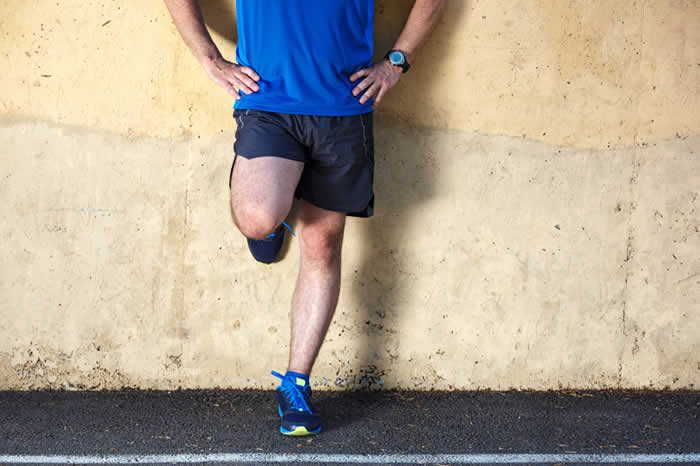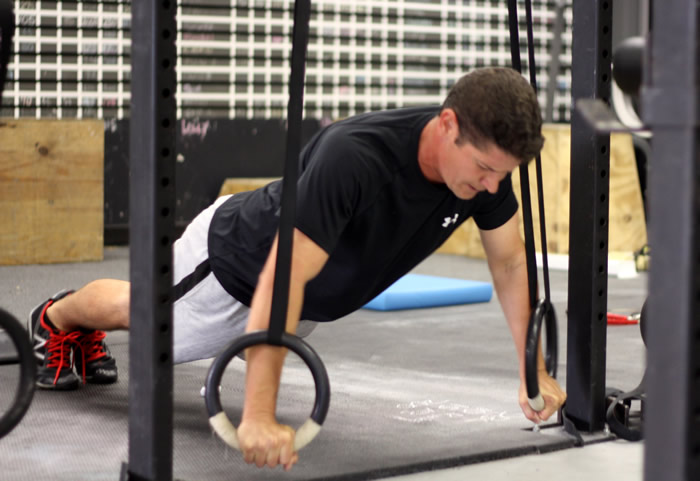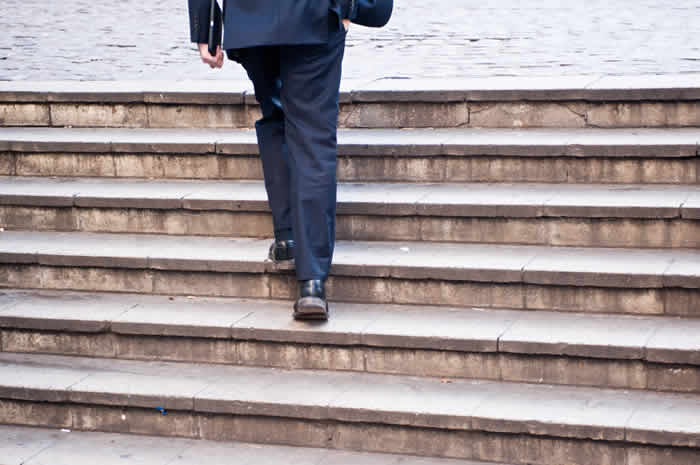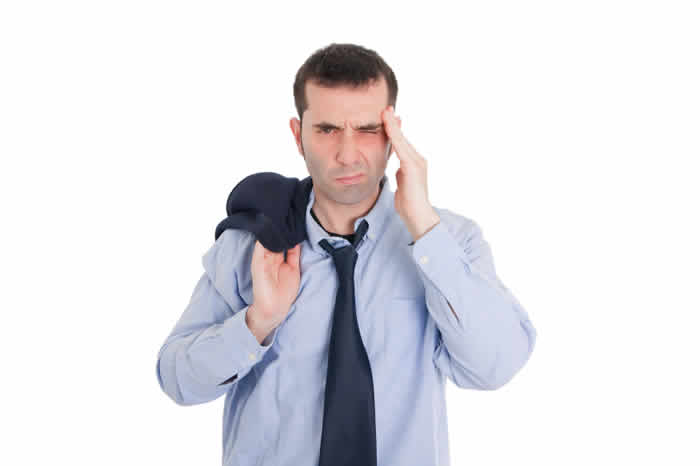If your days consist of running to and from work, cleaning up the house, taking care of family, and maybe slipping in some time with your friends, you may feel like there’s no time exercise. Even if you can make time for the gym, the idea of getting sweaty and working so hard might make you want to slip even further into your couch cushions. In either case, there’s a good chance you could be severely out of shape and have a difficult time performing even the simplest of physical fitness tests. Here are seven signs that you should kick your daily activity level up a notch, because you’re not as in shape as you think you might be.
[contentblock id=1 img=adsense.png]
1. You can’t do push-ups
Push-ups are an excellent test of your physical fitness, as you utilize muscles in your back, shoulders, arms, and core. To perform the perfect push-up, you should be sure to lower yourself with your arms tucked close to your body before pushing yourself back up. This is a tough exercise, but anyone who is physically fit should be able to knock out at least some. Very well has a chart showing the averages for both men and women of different ages. Though there’s a lot of variation, anyone younger than 50 should be able to do a minimum of five to 10 just to be considered in fair shape. If you’re struggling to perform a couple of push-ups (and don’t worry, you’re not alone), then it’s perfectly fine to start with your knees on the ground. As you get stronger, you can adjust the move to your fitness level. Don’t give up, they’ll get easier over time.
2. It takes a long time for your heart rate to slow down
When you’re physically fit and exercising, your heart beats faster to pump needed oxygen throughout your body. Your heart rate can be anywhere between 140 and 190 beats per minute, depending on your age, when you’re considerably exerting yourself. When you stop, your heart rate will decrease by about 20 beats per minute until it’s back at a normal pace, says Live strong. But if you’re out of shape, it could take much longer. The fitter you are, the faster you’ll recover.
Read More: 10 Fitness and Diet Tips From Male
3. You have a large waist circumference
According to the National Heart Foundation of Australia, you should check your waist circumference to see if you’re carrying excess body fat around your midsection. Though your weight is not necessarily indicative of your fitness level, carrying excess weight around your middle could mean you’re not as in shape as you should be. Also, more weight around your abdomen area could mean trouble for your heart, kidneys, liver, digestive organs, and pancreas. You can measure your waist by first measuring from the top of your hip bone to the bottom of your ribs. Breathe out as you normally would so you’re not holding your breath in, then place the tape measure between these two points. Wrap the tape measure around your waist and look at this measurement. Web MD says men should have a circumference of no more than 40 inches and women should not exceed 35 inches.
[contentblock id=2 img=adsense.png]
4. You’re winded after walking up a staircase
Even the most seasoned athletes will feel like their bodies need more oxygen when they’re climbing a flight of stairs, so if you do catch yourself a little short of breath when walking up a steep incline, don’t fret too much. However, if you find you’re really struggling to get up those steps, you’re probably out of shape and could use some cardiovascular activity. Cardio is tough, and if you’re out of shape, it might feel near impossible to continuously walk up steps or jog a mile. AZ Central’s Healthy Living section suggests starting your cardiovascular exercise slowly if your body isn’t used to the demand. Schedule five 30-minute light cardio workouts like brisk walks each week. Choose low-impact, low-resistance exercises to get started, and always warm up for anything more vigorous. You’ll be conquering those stairs in no time.
5. You’re craving sugar
The Huffing ton Post reports exercising might influence what foods you crave. While you may think your body would be craving food immediately after exercise, a study performed on 30 young adults who exercised regularly found they had little interest in food immediately after exercise. The study also showed those who did little physical activity were more likely to crave sweets. If you’re finding your sugar cravings are consistent and you’re heading into your pantry for snacks all day, then it could have something to do with how in shape you are. Exercise regularly and you’re likely to notice a reduction in your appetite and less desire to eat sweet stuff.
Read More: Exercise and Fitness Equipment Buying Guide
6. You’re always tired
You might take a look inside of a gym every so often and think those who are exerting the most energy must feel exhausted for the remainder of the day. That’s not the case, though. According to the American Council on Exercise, working out regularly is the key to staying alert and energized during the day. You’ll feel naturally more awake if you find time for some physical activity even if you can only fit in a quick walk during lunch.
[contentblock id=3 img=gcb.png]
7. You have a high resting heart rate
While it’s important to do some heart-pumping aerobic exercises for your health, your heart rate while at rest should be significantly slower. Mayo Clinic explains a lower heart rate usually means your ticker is functioning better and you’re more fit. If you feel like your heart is racing all the time, this could mean you’re quite out of shape. A normal resting heart rate for an adult, the story says, should be between 60 and 100 beats per minute. Check your pulse by placing your index and third finger on the side of your neck beneath your jawline, and count the beats for a minute. For athletes, this number is likely to be lower, but it should not go above 100 beats per minute for any individual. You can work to lower your resting pulse by doing more cardio.










